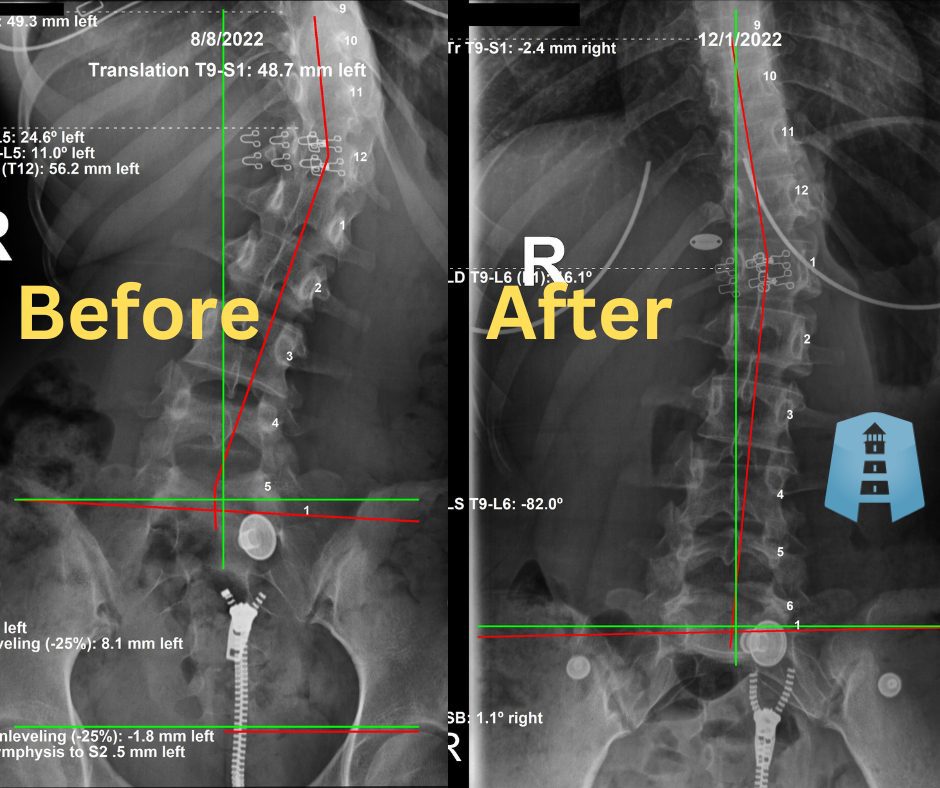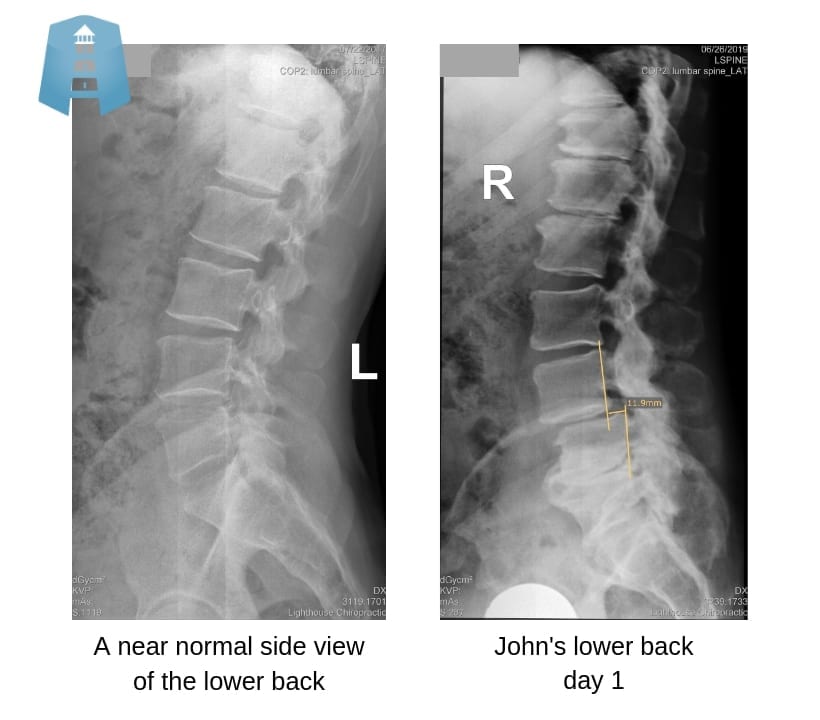Almost every week for the last 15 years I’ve stood up in front of a small group of new patients and shared with them the chiropractic story.
In this weekly orientation, I share several cases from my care.
In light of research I was reading this week, I want to share one of those cases, the story of Tyler.
Tyler’s Story
Tyler’s mom brought him in for a check up after a neighbour had told her about the work I do.
Typically parents are at the edge of their seat’s when I am examining their children, asking questions and sharing their concerns.
Not so with Tyler’s mom. Tyler’s mom was exhausted, she just sat in an extra chair we had in the exam room and watched.
Tyler was her oldest, at 4 years old. She had two others.
All boys.
To say Tyler was rambunctious was an understatement. He was high energy, easily distracted and did not sit still. I felt like I had to wrestle him down to do the exam. It was quite an adventure.
Spinal Damage at 4 Years Old?
I checked his posture (as much as I was able while he squirmed around). But when I felt his spine for mobility, that’s when I knew.
He was subluxated all through his mid back and up into his neck.
I confirmed the degree and level of subluxation with an x-ray.
The interesting thing is that Tyler had no neck or upper back pain.
The reason for the check up? He was “off the chart” asthma.
In fact his respiratory specialists had a fancy term for Tyler’s asthma, they called it respiratory arrest[ref]https://goo.gl/GhGA9r[/ref]. At that point in my career, I had not heard of respiratory arrest. But thanks to Tyler and his mom, I know about it now.
My exam showed that Tyler had lost the normal neck curve in his spine.
This causes a tensile stretch to be placed on the spinal cord[ref]Breig, Alf. Adverse Mechanical Tension in the Central Nervous System: An Analysis of Cause and Effect. 1978. Almqvuist & Wiksell International, Stockholm, Sweden. Pg. 177.[/ref] and interferes with the normal transmission of signals from the brain to the organ system. In his case the lungs.
His asthma was so bad that both his mom and dad were trained in recitation procedures and they had a “mini” emergency room in their mud room at home.
Tyler’s mom said that she could hardly let him out of her sight for fear of him having an attack when she wasn’t paying attention.
When he went outside to play she would go from window to window inside the house and watch him because she knew that if he “went down” she had 4 minutes to resuscitate him or else he would suffer brain damage from the lack of oxygen to his brain.
No wonder she was exhausted.
Before and After X-rays
I started to adjust his spine, and within 90 day’s he had his normal neck curve back. I’ve included the x-ray’s below. The straight neck on the left was how he came in and the curved neck on the right is his corrected x-ray.
And guess what happened to his asthma/respiratory arrest after his curve was restored?
Gone.
My best guess is that the birth process was the primary culprit for Tyler’s neck trauma. Mostly because the breathing problems had been with Tyler since birth and his parents watched him like a hawk so they would have known if he had fallen off the monkey bars or out of a tree.
And practically speaking, how many really sick 4 year olds have spent a lot of time playing on the monkey bars or climbing trees.
Where is the research on birth and birth trauma?
In 2003 an internet based journal published a research paper called “Relationship Between Vertebral Deformities and Allergic Diseases.” In that study the researchers stated that “correction of spinal misalignments improved the itching symptoms of chronic dermatitis patients by 88%. Correction of spinal misalignments improved skin appearance of chronic atopic dermatitis by 72%. Allergy symptoms improved in over 70% of patients who received spinal misalignment treatment. These results were only observed in patients that had been treated consistently for three to six months.
Among the patients who did not receive spinal correction treatments consistently, there was no improvement. The study confirmed that over 98% of allergy patients had vertebral misalignments and that vertebral misalignment is a common and characteristic finding in patients with allergies, atopic dermatitis, and bronchial asthma.[ref]Y Takeda, S Arai. Relationship Between Vertebral Deformities And Allergic Diseases. The Internet Journal of Orthopedic Surgery. 2003 Volume 2 Number 1.[/ref]
Why don’t we check nerve system first?
How much stress could we have saved this family if only a doctor had said, make sure you get his nerve system checked?
The trend for the past 20 years in health care is a trend towards complexity.
Unfortunately complexity is expensive and often distracting.
Why did it take a neighbourhood conversation to educate this family about the power of the nerve system and that Tyler’s problem might have a solution outside of medication and emergency procedures?
Maybe because today’s chiropractic is just too simple for our hyper-educated culture? How could something so simple, a chiropractic adjustment, be so powerful?
I’ll finish up with a quote from Confucius, a Chinese teacher around 500 BC.
“Life is really simple, but we insist on making it complicated.”
[ctt tweet=”Life is really simple, but we insist on making it complicated.” coverup=”5nDZI”]And another from E. F. Schumacher an economic thinker, statistician and economist in Britain duing the middle half of the 1900’s.
“Any intelligent fool can make things bigger, more complex, and more violent. It takes a touch of genius — and a lot of courage — to move in the opposite direction.”
Today’s chiropractic is the most progressive form of health care available today because it ensures your nerve system is free to do it’s job.
That job being, co-ordinate and heal your body perfectly and simply.
All the “high tech health care” in the world can’t complete with a perfectly functioning human nerve system.
Simplicity in health care is powering your body from the inside out.










